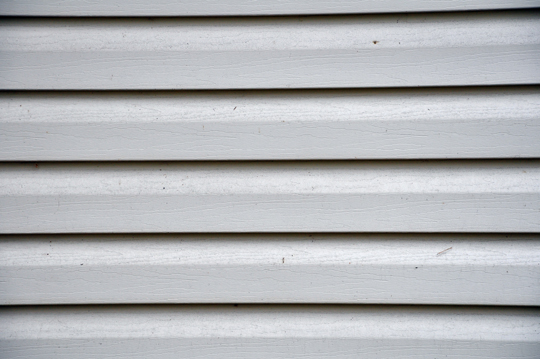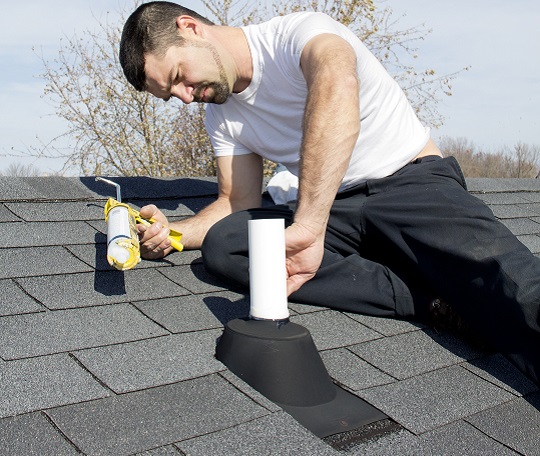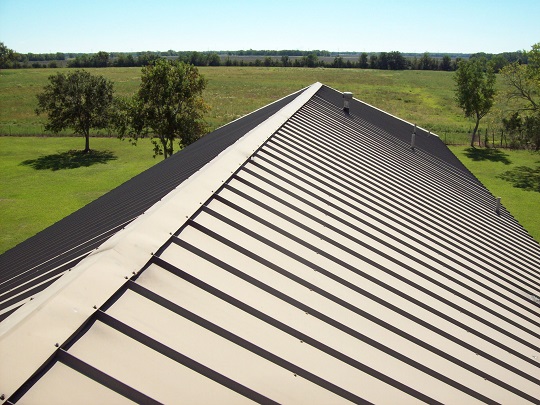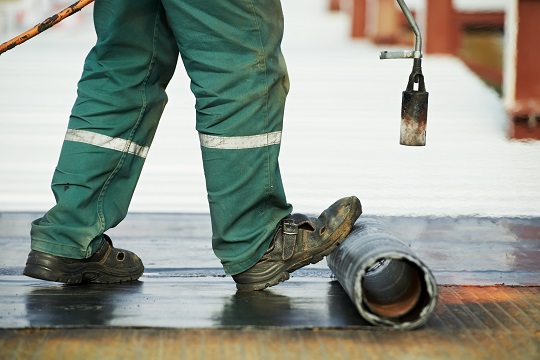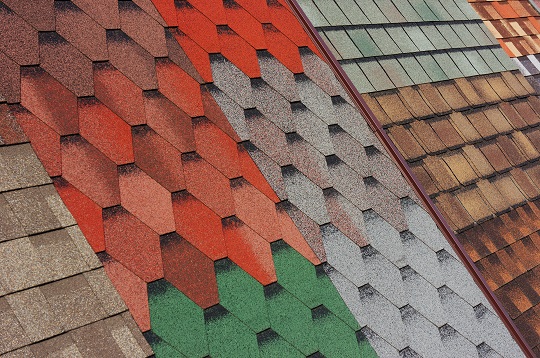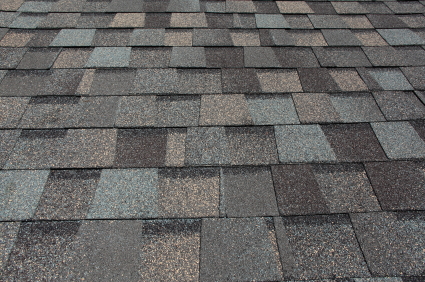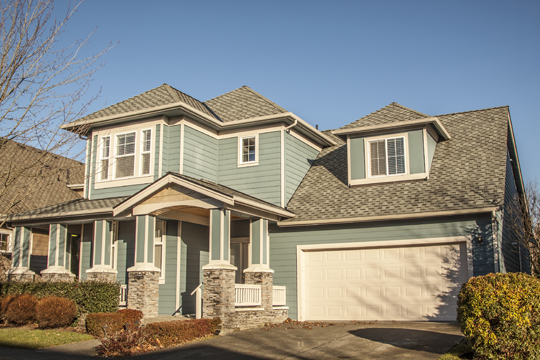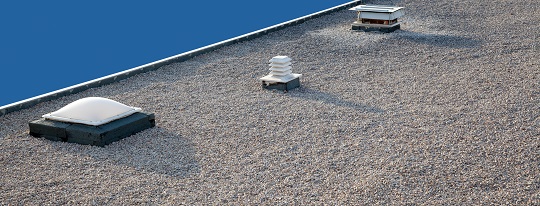It is impossible to keep your siding damage-free forever, especially if you have children. A hurtling baseball can easily hit the siding and cause a big dent. Fortunately, it is relatively easy to repair vinyl siding. There are a few ways to handle dents or holes in your siding. One option would be to replace the damaged section or do a quick fix to cover up the damage.
Quick Patch Work
To repair vinyl siding quickly, all you need are a few tools and a piece of replacement vinyl to patch up the damaged area.
1. Cut the siding material to a size that is big enough to cover the damage. You can make the patch as big or tight as you want it to be but, in terms of appearance, it would look cleaner if you cut a longer piece so the seams are not too close to each other.
2. Using a sharp utility knife, you will need to cut off the top side or nail hem of the siding so you can slide up that side beneath the existing siding above. You want to make sure to cut higher along the hem so that the pieces will interlock. The bottom section also needs to be cut away. It is more difficult to do this, because all that needs to be removed from here is the curved edge or the buttlock. You will get a straight bottom edge that you can connect to the existing siding. You may need to make two passes with the knife to be able to cut all the way through.
3. Then, take the replacement piece and insert it right over the damaged siding. Make sure to slide it up securely and tightly for a nice fit.
4. Secure the patch with rivets on the buttlock side, attaching it to the existing siding. Ideally, you want to use matching rivets but, if you don’t have these, you can just paint the new rivets the same color as the existing ones.
Generally, you can complete this quick repair in around 30 minutes. You may consider replacing the siding later, but in the meantime, this temporary fix should be enough to tide you over for a few months until you’re able to make the replacement.
Do You Have Extensive Siding Damage?
A hailstorm or some accident can cause extensive damage to your siding. When you need professional skills to handle a complex job, Seva Call offers free assistance to help you find the right contractors quickly and easily.

